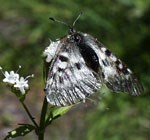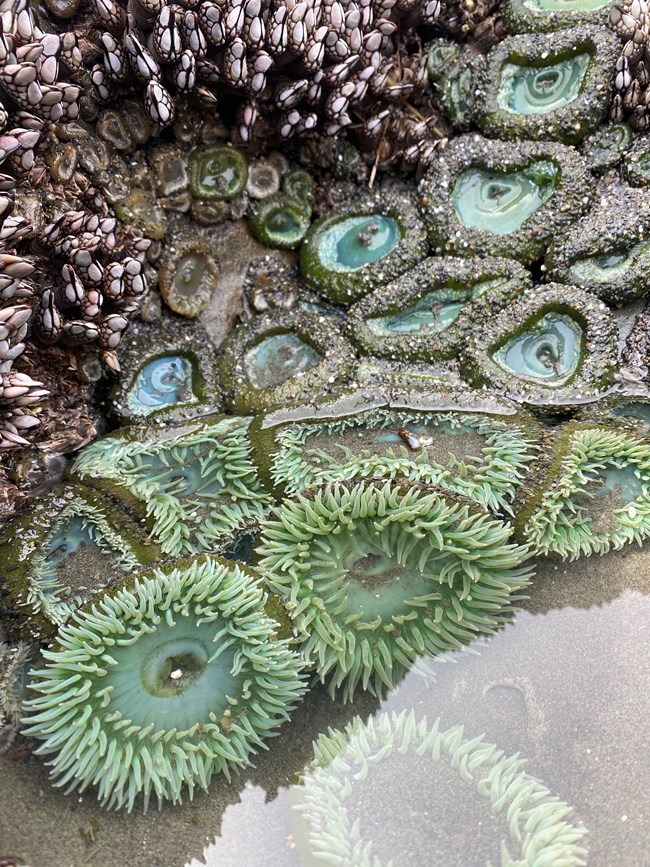
NPS Photo Many people come to the national parks to view wildlife. While large animals may come to mind first, the Pacific Northwest is well-known for some unique species including slugs and starfish too. These are just a couple of the thousands of invertebrates that call this peninsula home. Truly, the unsung heroes of any ecosystem are the invertebrates—the insects, slugs, spiders, worms, molluscs, and others that many often try to avoid, but may appreciate more than they realize. Through the forest, fresh river water, salty ocean water, and even in other animals, invertebrates call Olympic home. By definition, invertebrates are animals without a backbone, but they act as the backbone of many ecosystems throughout Olympic.
Do you enjoy the lush greenery in the rainforests? Invertebrates help to orchestrate the cycle of birth and life in the forest, decomposing downed trees and recycling nutrients. Do you enjoy the beautiful colors of spring flowers blooming from the low valleys to the mountain peaks? Invertebrates pollinate many flowers and important plant species. Do you enjoy seeing larger fauna roam our landscape? Invertebrates serve as food for bigger species. Whole tiny food chains go about their business high in the forest canopy, while unsuspecting humans walk below. Warblers forage for spiders that are feeding on mites that are eating minute fungi growing on the needles of towering trees. Do you enjoy the unique rocky and colorful ecosystem that comes into view during low-tide? Among the tide pools, one can see countless colorful invertebrates forming a crowded tapestry of often unrecognizable shapes and textures, from eraser-sized orange nudibranches, to soft, gooey sea squirts, to spiny purple sea urchins.

Margo Roseum
|
Last updated: September 9, 2022
